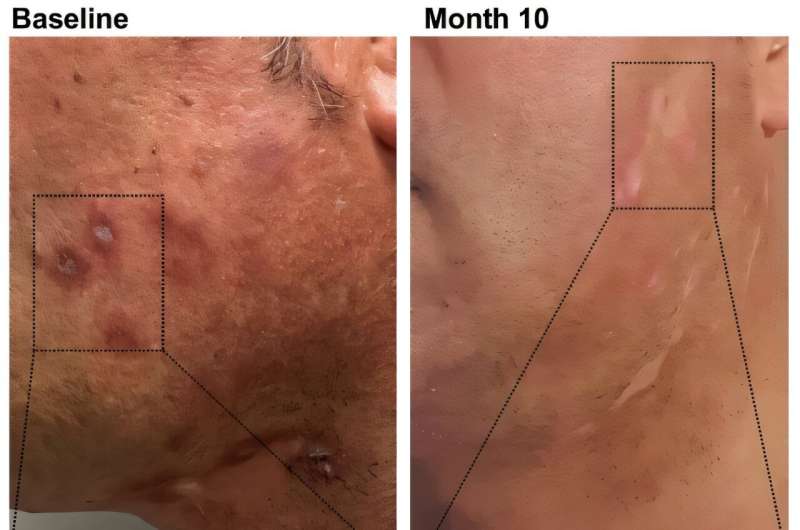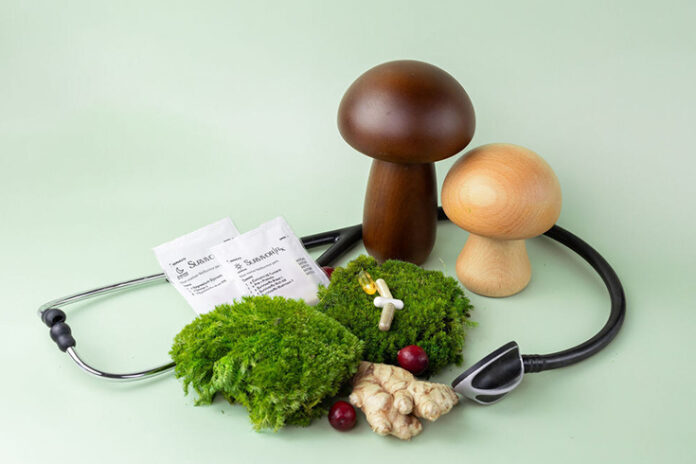With revenue climbing 4.1% to $14.1 billion and adjusted diluted earnings per share up 9.3%, the company hasn’t just maintained its footing — it has nudged itself forward with quiet authority. But what’s most revealing about these results isn’t what they say at a glance; it’s how they reflect a company deep in tune with the shifting rhythms of Canadian retail.
At the heart of this performance is a clear understanding of what consumers are after in 2025. Not flash, not novelty — just reliability. Food inflation may be cooling, but household budgets are still tight. Loblaw has responded not with sweeping transformations but with a series of smart, calibrated moves: tailored promotions, loyalty-driven incentives, and measured investment in physical and digital infrastructure.
The PC Optimum™ programme continues to be a jewel in the crown. It’s no longer just a rewards system; it’s a behavioural insight engine, nudging spending habits and anchoring customer loyalty. That loyalty, in turn, translated into a 2.2% rise in same-store sales for food retail — not a spike, but a steady pulse that reflects both consistency and trust. More importantly, while store traffic held steady, shoppers spent more per visit — a telling detail that underpins much of Loblaw’s sales momentum.
In its drug retail division, anchored by Shoppers Drug Mart, same-store sales rose 3.8%, with pharmacy and healthcare services seeing 6.4% growth. These are encouraging signs in a sector where access, convenience, and trust now matter more than ever. Loblaw’s quiet expansion of in-store clinics and pharmacy services — four opened this quarter alone — reflects a deeper shift from transactional retail towards embedded community health provision.
Meanwhile, beauty products and over-the-counter remedies enjoyed a seasonal tailwind thanks to an extended flu season, but not all categories contributed equally. The company has made the deliberate move to exit low-margin electronics lines — a decision that might trim revenue in the short term but frees up space for better-performing categories. This kind of portfolio pruning is emblematic of a more mature retail strategy, one that’s less concerned with size for its own sake and more focused on margin-rich resilience.
There’s also a physical expansion story unfolding in parallel. Ten new food and drug stores opened during the quarter, alongside the second T&T Supermarket in downtown Toronto — a savvy move that caters to a growing demand for culturally specific offerings in urban centres. The company’s Hard Discount banners are quietly expanding into new communities, reaching shoppers who are far more sensitive to pricing pressures.

Financially, the company has kept its balance sheet tidy. Operating income rose 5.2% to $906 million, and adjusted EBITDA ticked up to $1.59 billion. Gross profit grew 3.7%, and while gross margin was slightly lower, down 10 basis points, it remained firm at 31.5%. These aren’t show-stopping figures, but they suggest operational control in an inflationary environment.
Loblaw’s financial services arm delivered a more subdued performance. Revenue was up 3.3%, largely due to gains at The Mobile Shop™ and interchange income, but earnings before income tax dipped 31.8%. This was largely due to reduced marketing support compared to the prior year, and rising loyalty costs — the trade-off of building a stickier ecosystem around its PC Insiders World Elite Mastercard®. It’s a hit to the short-term bottom line, but arguably an investment in long-term customer lifetime value.
One theme that quietly underpins the entire quarter is capital allocation. Loblaw repurchased 2.49 million shares at a cost of $457 million and raised its quarterly dividend by 10% — the fourteenth consecutive annual increase. This is a company that not only generates cash but also knows how to return it strategically.
Then there’s ESG — an increasingly central metric for long-term performance. In its latest Live Life Well® report, Loblaw detailed a 16% reduction in enterprise emissions since 2020 and the diversion of over 80,000 tonnes of food waste from landfill. These aren’t headline-grabbing stats, but they’re tangible. More impressively, the company contributed more than $212 million to community initiatives, with its President’s Choice Children’s Charity reaching nearly one million students this school year.
None of this is accidental. It reflects a retailer that sees prosperity not just in profit margins but in social equity and environmental stewardship. And that matters — not just because consumers are demanding it, but because it increasingly defines what a “future-proof” business looks like.
Looking ahead, Loblaw has every intention of sticking to its knitting. The company expects high single-digit EPS growth for the full year and plans to invest a net $1.9 billion in its store network and distribution centres. It’s also expecting a mild accounting tailwind from a 53rd week in the fiscal calendar — a bonus rather than a strategy, but one that will pad results nonetheless.
What’s refreshing about Loblaw’s Q1 performance is that it doesn’t pretend to be revolutionary. There’s no dramatic pivot, no reinvention-of-the-wheel rhetoric. Just solid fundamentals, well-executed priorities, and a long-term vision that doesn’t lose its focus chasing quarterly spikes. In today’s retail world, that’s not playing it safe — it’s playing it smart.
















